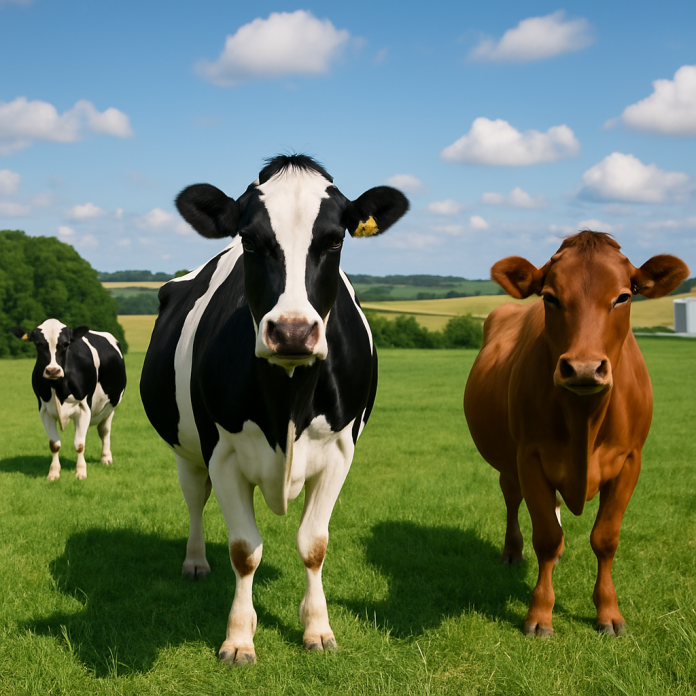As rising incomes and urbanization continue to reshape global diets, a new joint report from the UN Food and Agriculture Organization (FAO) and the OECD predicts a significant uptick in demand for animal-based foods over the next decade. But while the trend signals improved nutrition in many developing regions, the report warns of persistent inequalities and growing environmental risks.
A Growing Appetite – With Uneven Benefits
According to the Agricultural Outlook 2025–2034, global consumption of meat, dairy, fish, and eggs is projected to grow by 6% per person by 2034. This increase is especially stark in lower middle-income countries, where consumption is expected to rise by 24% — a sign of better access to food and improved living standards.
However, the report highlights a glaring disparity. In low-income nations, average intake of these foods will remain critically low — just 143 kilocalories per person per day, well below healthy diet standards. In contrast, middle-income countries are expected to reach 364 kcal per day.
“We must ensure that nutritional gains are shared more equally, especially in the world’s poorest regions,” said FAO Director-General Qu Dongyu.
More Food, More Emissions
To meet the rising demand, global agricultural output is set to grow by 14% by 2034. The meat, dairy, and egg sectors will see a 17% boost, with total livestock numbers increasing by 7%.
But this growth comes at an environmental cost. The report projects a 6% rise in greenhouse gas emissions from agriculture, despite improvements in efficiency and emissions per unit of food.
Unless more aggressive action is taken — such as investing in climate-smart farming and low-emission technologies — the environmental footprint of food production will continue to expand.
Key Global Trends
- Cereal output: Yields to grow by 0.9% annually, with harvested area expanding at half the pace of the last decade.
- Animal feed vs. food: By 2034, 40% of cereals will be consumed by humans, 33% by livestock, and the rest used for biofuels or industrial needs.
- Regional highlights:
- India and Southeast Asia will account for 39% of global consumption growth.
- Sub-Saharan Africa’s beef herds will grow by 15%, but still lag far behind in productivity.
- High-income nations are expected to see reduced per capita consumption of fats and sweeteners due to policy changes and health awareness.
A Sustainable Path Forward?
The report outlines a best-case scenario where global nourishment improves while agricultural emissions fall by 7% — but achieving this would require substantial investment in innovation, fairer access to land and resources, and improved policy coordination.
“We already have the tools to end hunger and secure sustainable food systems,” said OECD Secretary-General Mathias Cormann. “Now we need the will — and the global cooperation — to act.”
The Role of Trade
International trade remains vital, with 22% of all calories expected to cross borders by 2034. The report calls for a renewed commitment to rules-based agricultural trade, essential for stabilizing prices, supporting food-deficit countries, and preventing future food crises.




